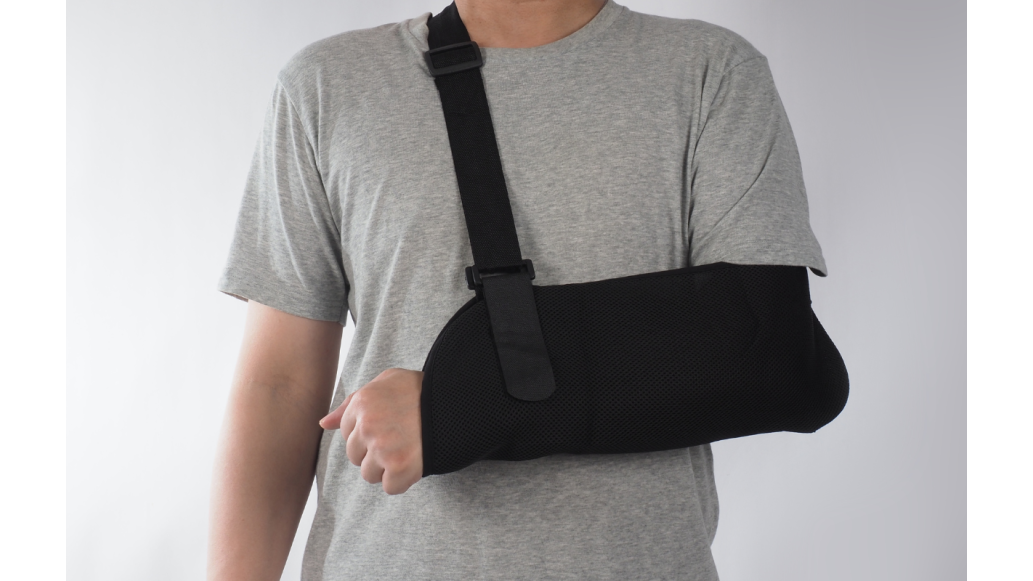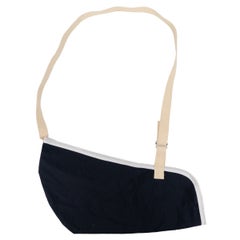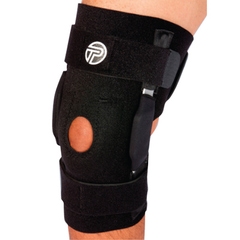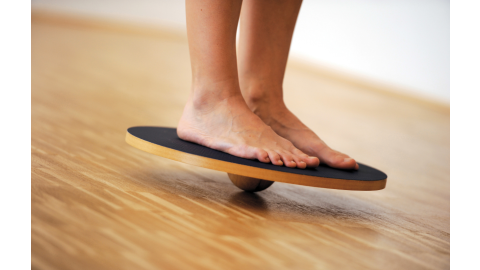Key Takeaways
- Patients may need a wide variety of bracing options to take them from acute injury or post-operative status through their continuum of care
- Bracing is often one size fits one, and it is important to consider the why behind the brace when choosing the best option for each patient
- All braces are not created equal, and comparing material, size and comfort can improve patient compliance
Bracing plays a crucial role in recovery and is a common thread that ties the acute stage of injury or trauma all the way through the final stages of recovery and getting back to normal life. It can often seem as though once you’ve seen one brace you’ve seen them all, and choosing between braces can feel like an overwhelming task. The world of soft support for orthopedic needs doesn’t have to be difficult to navigate. Having several options that can be compared side by side can help narrow the selection and simplify the science of bracing.
Acute to recovery – the right brace for every stage
Following a traumatic event or surgery, a patient can progress through several different types of bracing. Immediately upon leaving the emergency or operating rooms, the patient might need a lot more support and stability with a focus on immobilizing the injured area and allowing for healing before resuming movement. As the patient progresses through the different stages of rehab and recovery, that brace will likely get smaller, less bulky, and allow for more mobility.
In the immediate phase following a rotator cuff repair, a sling similar to the Sammons Preston Super Sling Plus is a popular choice as patients can start out using the abduction pillow and then remove the pillow but continue to use the sling into the next phases of their post operative protocol. Once they are able to move their shoulder on their own, they might still need a little support during the day but are ready to say goodbye to the bulky sling they’ve been living in for the past several weeks.
Transitioning to a smaller, light weight support like a Rolyan Pouch Arm Sling is an easy way to still have some light support when needed. This or a similar sling is easy to throw in a purse or the car and have on hand as an as-needed support. Implementing the use of multiple braces for all stages of injury can be instrumental in navigating the transition between phases of recovery.
The Science Behind the Brace
While a specific brace can be a gold standard option for a specific injury, not all braces are created equal. Something as simple as a pull-on knee sleeve can come in different shapes, sizes, materials and builds, and even though looking similar can work for one patient but not another. Options are important – just because everyone wears pants doesn’t mean the same pants are the right fit for every body.
A Thermoskin Thermal Knee Support could be a great option for our weekend athlete that has some swelling or discomfort when playing pickleball. If our pickleball champion needs a little more patellar stability, they could benefit from a more structured brace with a patellar cut out like the Mueller Hg80 Premium Knee Brace. If they are returning to the course following a surgery, a Pro-Tec Hinged Knee Wrap or similar option could be beneficial in providing more support and stability while still giving them compression and mobility to dominate the courts. These braces are just a very small representation of a wide spectrum of support, mobility and sizing seen in all types of braces and selecting the right one can depend on doctor preference, patient activity level and comfort and rationale for the brace.
The Right Brace for the Right Time
When selecting the right brace, it’s important to consider the rationale behind the bracing. Are we trying to immobilize something that was just repaired to give the body time to heal? Are we trying to provide compression for some gentle support and pain control? A patient with an acute injury could benefit from a stiffer, more reinforced brace whereas a more lightweight and breathable option could best for someone returning to sports and activity.
We also have to take into account our patients' lifestyle and balance what they need for recovery with what they are willing to tolerate. If their knee brace slides when they walk or their shoulder sling digs into their neck, we might end up sacrificing their compliance. Another consideration is the length of time the brace will be worn. Having options with different materials and sizing is essential to match each person with the optimal product to give them what they need while keeping them comfortable.
Our bracing options have evolved significantly since the days of wrapping everything from sprained ankles to dislocated shoulders in an ace bandage. Having so many options for bracing in all stages of care, it is important to know where to look, and can be streamlined and efficient when so many options can be found in one place. Prescribing the right brace for the right patient can improve tissue healing, optimize function and improve overall outcomes. When we are able to compare apples to apples, or in this case braces to braces, it takes the guess work out of the equations and facilitates a stress-free and informed decision taking both patient and situation into account. Having a one stop shop for an extensive variety of options is the key to success!
All Products Recommended in this Article
Medical Disclaimer: The information provided on this site, including text, graphics, images, and other material are for informational purposes only and are not intended to substitute for professional medical advice, diagnosis, or treatment. Always seek the advice of your physician or other healthcare professional with any questions or concerns you may have regarding your condition.








 France
France Australia
Australia














